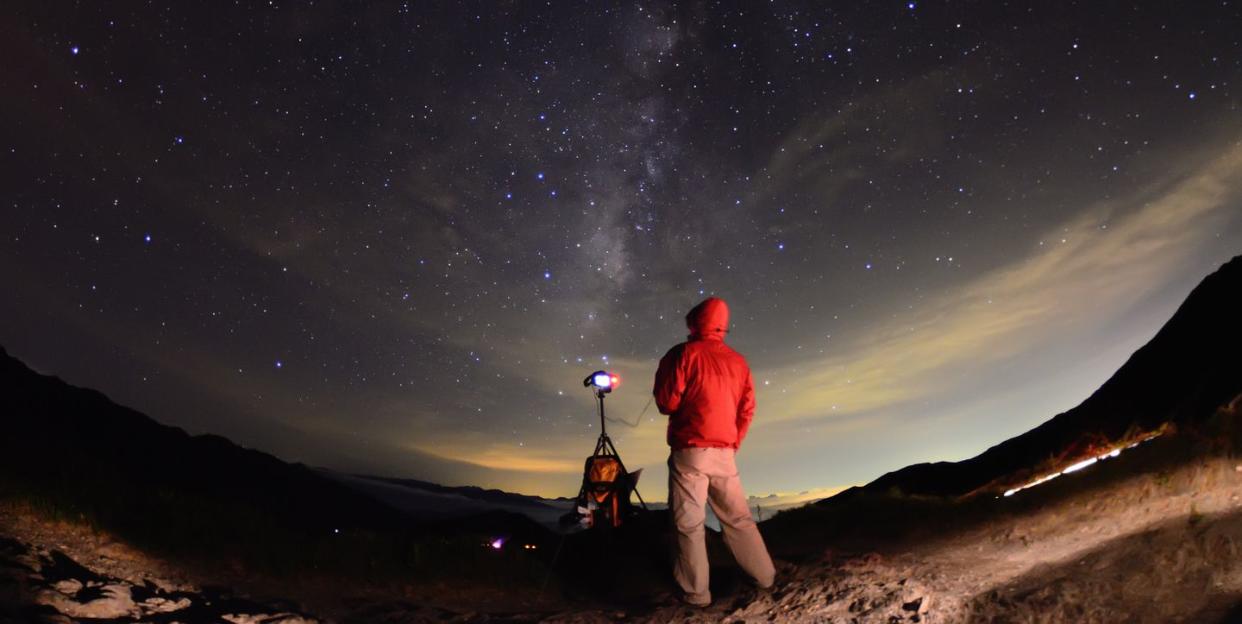How to Track and Photograph Secret Spacecraft

Earlier this year, Dutch science journalist and satellite tracker Ralf Vandebergh successfully snagged detailed images of the X-37B, the Air Force’s secret spaceplane that recently landed, in low orbit using a hand-trafficking method—catching sight of the vehicle and guiding his 10-inch reflector telescope manually—and video-based imaging techniques.
Want to capture a satellite, booster rocket, or the ISS in action? Follow Vandebergh’s lead.
1. Choose Your Scope
Larger-aperture telescopes generate brighter and more detailed images, but even scopes with apertures as small as 4, 6, or 8 inches from Celestron, Meade, or Orion can bag images of larger objects like the ISS.
2. Attach a Camera
Vandebergh uses a dedicated astronomical CCD camera, but simple webcams mounted above telescope eyepieces just as well. Same goes for mirrorless DSLR cameras attached directly to the telescope with an adapter.
The goal: Capture as many usable frames as possible of the objects, since the vehicle’s illumination varies as it moves in and out of direct sunlight. Eventually, the best and most detailed frames are processed into the final products.
3. Follow Through a Finder
You’ll want a wide-angle, low-magnification finder telescope attached to the primary scope. That’s how you’ll actually acquire and track your target—not through the scope itself. (The higher magnification makes it virtually impossible.) Let the camera run while you keep the object centered in the finder scope. If they’re aligned properly, the object should end up nicely centered in the video frames.
4. Keep a Steady Hand
The hard part is panning smoothly along with fast-moving targets. Keep your scope on a stable mount with a smooth action that you’ve practiced sweeping across the sky, like a Dobsonian-style reflector on a bearing-supported box mount.
“The ISS travels at 1 degree per second when it passes overhead, which is 2 full moon diameters per second,” Vandebergh says. “Objects in lower orbits, including the X-37B, move even faster.”
5. Locate Your Target
Vandebergh uses astronomical software that includes satellite positions, like CalSky, so he can anticipate when and where they’ll pass over. But any planetarium app with satellite data will work. As the object comes over the horizon, start your camera and follow along.
Just keep your screens dim and the software switched to astro mode so you can preserve your night vision. You’ll need to see the target with your naked eye before flagging it with the finder.
You Might Also Like

